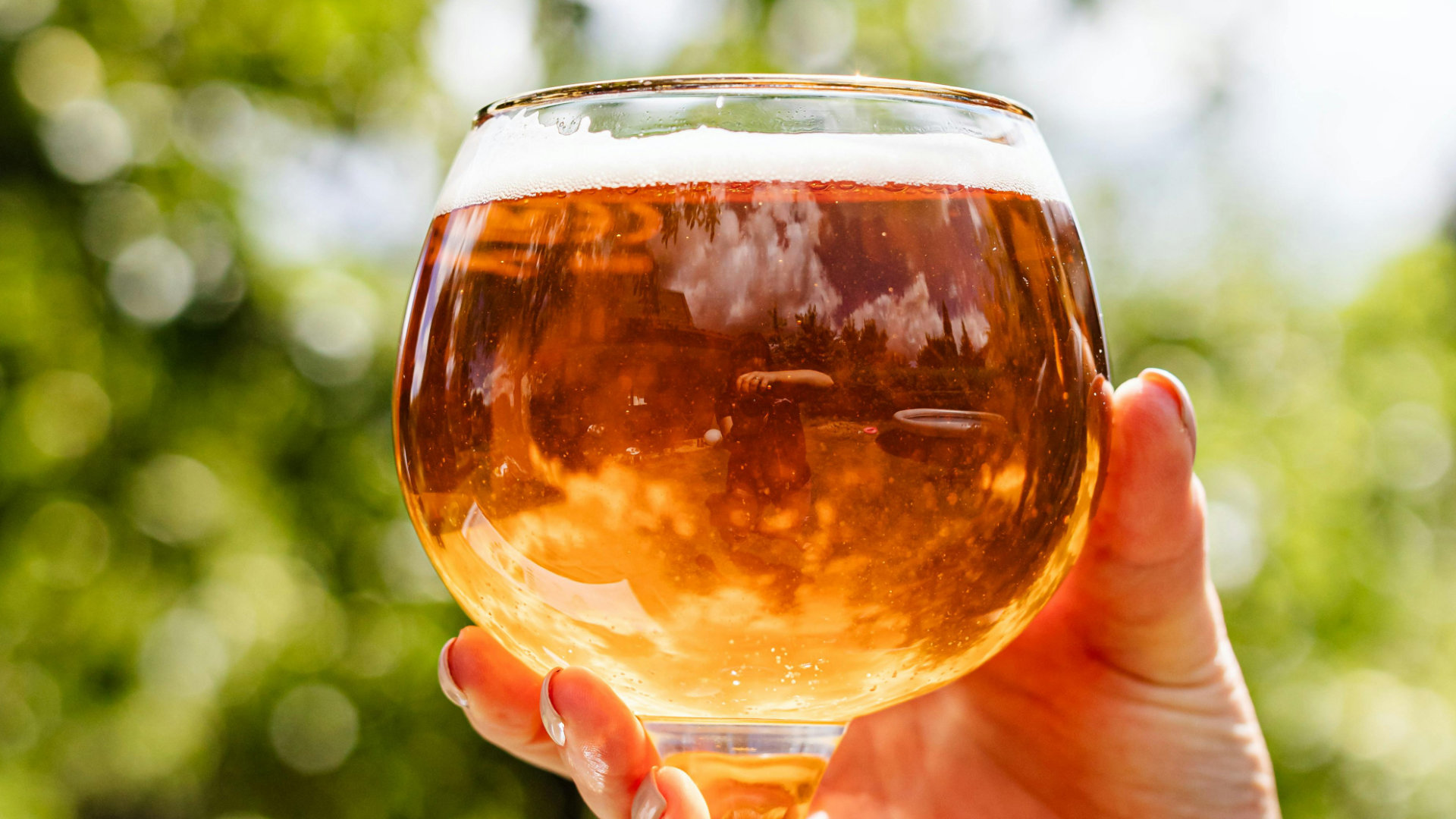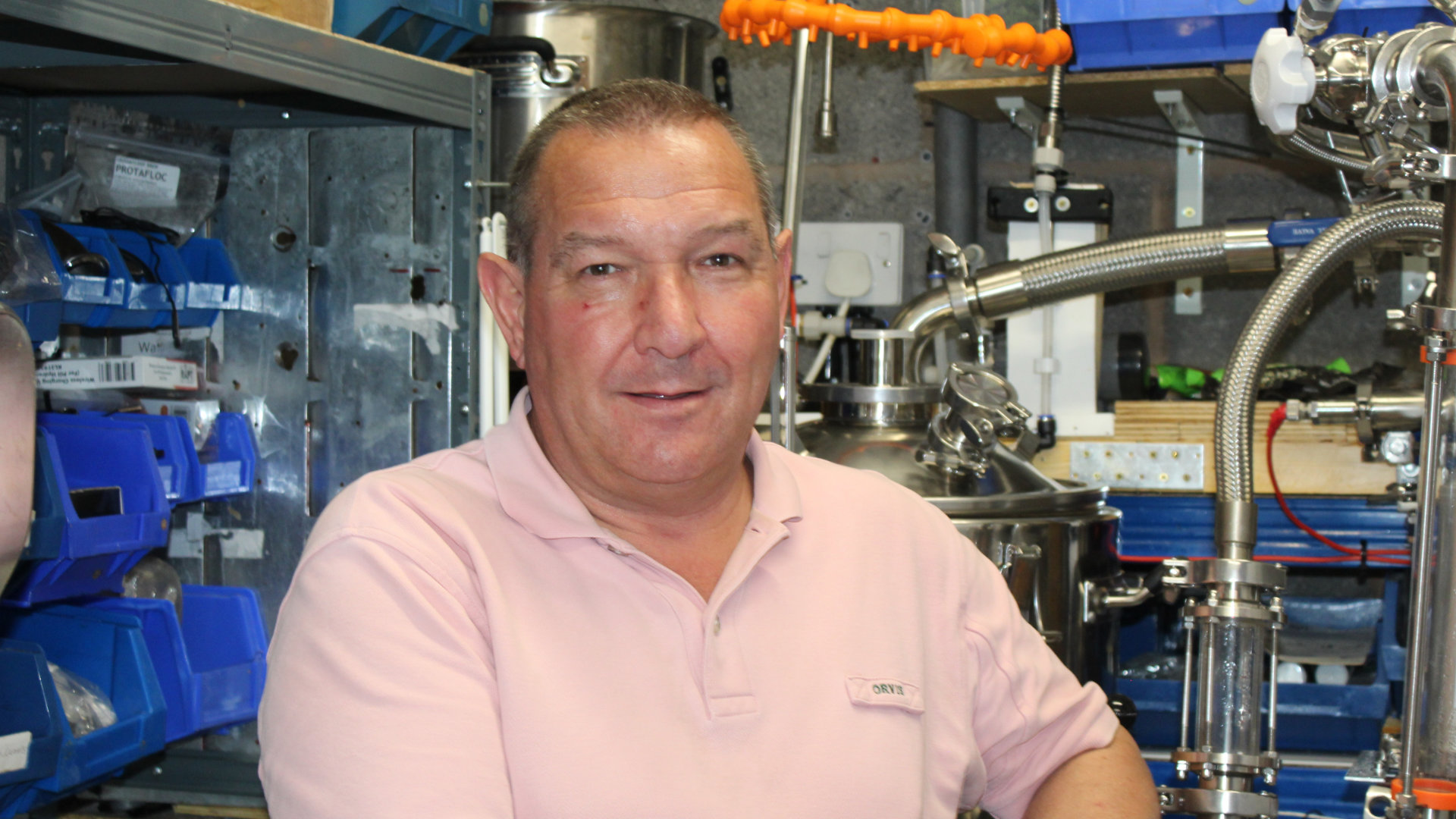Flavour compounds both define and add variety to beers. Therefore, as brewers, it is useful if we understand where they come from, their purpose, and how we can attempt to influence them.
We can of course make direct additions to our beers (such as fruit) to introduce flavour compounds, however, most beer styles rely on flavour compounds produced via the brewing process itself. Good examples are [acetate] esters, which are responsible for fruity flavours and are produced by yeast enzymes during fermentation.
Interestingly, one single yeast enzyme named ALCOHOL ACETYL-COA TRANSFERASE (or AATASE for short) plays a role in forming most esters and it is expressed by a gene called atf1. Scientists know that AATASE plays a role in producing esters because when they add more atf1 genes into the yeast they make more esters. Scientists can also remove the atf1 gene, which in contrast stops yeast producing esters [1, 2].
To add more genes into an organisms genome scientists first clone (make copies of) their gene of interest; In this case, the aft1 gene. They can then either insert the cloned gene into a self-replicating piece of DNA and introduce it into the cells of the organism, or they can insert the gene directly into the organisms genome often following a genetic sequence that will increase the activity of the gene itself. To remove genes from an organisms genome, however, scientists have been able to exploit a range of techniques ranging from chemical induction of DNA changes within the genes of interest, and even very specific targeted changes using enzymes – smart stuff! Fundamentally, they all usually create a change in the gene sequence which make it redundant. The yeast strains with aft1 genes added or removed can then be compared for ester production in routine experiments with control yeast that have their original aft1 genes left intact.
While such modified yeasts are for research purposes only, it doesn’t mean that we can’t take advantage of using different yeast strains to alter our ester profiles within our beer. We know that esters are produced in different amounts by different yeast strains. And we know this because scientist can study the atf1 gene from different strains of yeast and observe different levels of esters [3].
To compare the activity of the same gene from different yeast strains scientists first clone their gene of interest; In this case the atf1 gene from the different yeast strains. They then insert the cloned genes into separate yeast cells that share the same genetic background. This results in yeast cells that are genetically identical in every way, except for the inserted aft1 genes from the different strains. The yeast cells that are genetically identical apart from their aft1 genes can then be compared in routine experiments for esters.
Of course, we can exploit other opportunities to influence the ester content of our beers beyond yeast strain selection. AATASE is affected by different fermentation conditions and one that is accessible for some brewers is that of fermentation temperature. There appears to be a consensus in the literature that higher fermentation temperatures increase ester production. However, it’s not precisely clear how this translates into regulating atf1, since its expression in some yeast strains appears to go down upon increasing temperatures, and only to return to higher levels once temperatures are again lowered [4].
What’s also not entirely clear is why yeasts produce esters in the first place. While it would be convenient that yeast evolved for brewing our beer, which you could argue that some strains have due the extensive research and modification of strains that has occurred for their development within the industry; Remember that yeast have been around much longer than we have been brewing our beer. Current research suggests that the purpose of esters produced by yeast may be to attract fruit flies, which then aid yeast dispersal and propagation in the environment – a bit like bees are to pollen, I guess! [5].
References
1. Fujii T et al (1994) ‘Molecular Cloning, Sequence Analysis, and Expression of the Yeast Alcohol Acetyltransferase Gene’, Applied and Environmental Microbiology. Vol 60, No 8. Pages 2786-2792.
2. Verstrepen KJ et al (2020) ‘ Expression levels of the Yeast Alcohol Acetyltransferase Genes ATF1, Lg-ATF1, and ATF2 Control the Formation of a Broad Range of Volatile Ester’, Applied and Environmental Microbiology. Vol 69, Issue 9. Pages 5228-5237.
3. Jiri S et al (2016) ‘Differences in Enzymatic Properties of the Saccharomyces kudriavzevii and Saccharomyces uvarum Alcohol Acetyltransferases and Their Impact on Aroma-Active Compounds Production’, Frontiers in Microbiology. Vol 7. Pages 897.
4. Verstrepen KJ et al (2003) ‘The Saccharomyces cerevisiae alcohol acetyl transferase gene ATF1 is a target of the cAMP/PKA and FGM nutrient-signalling pathways’, FEMS Yeast Research. Vol 4, Issue 3. Pages 285–296.
5. Christiaens JF et al (2014) ‘The Fungal Aroma Gene ATF1 Promotes Dispersal of Yeast Cells through Insect Vectors’, Cell Reports. Vol 9, Issue 2. Pages 425-432.
Michael Watson is a scientist and homebrewer. He’s always happy to talk about either:
Michael.r.watson@hotmail.co.uk











